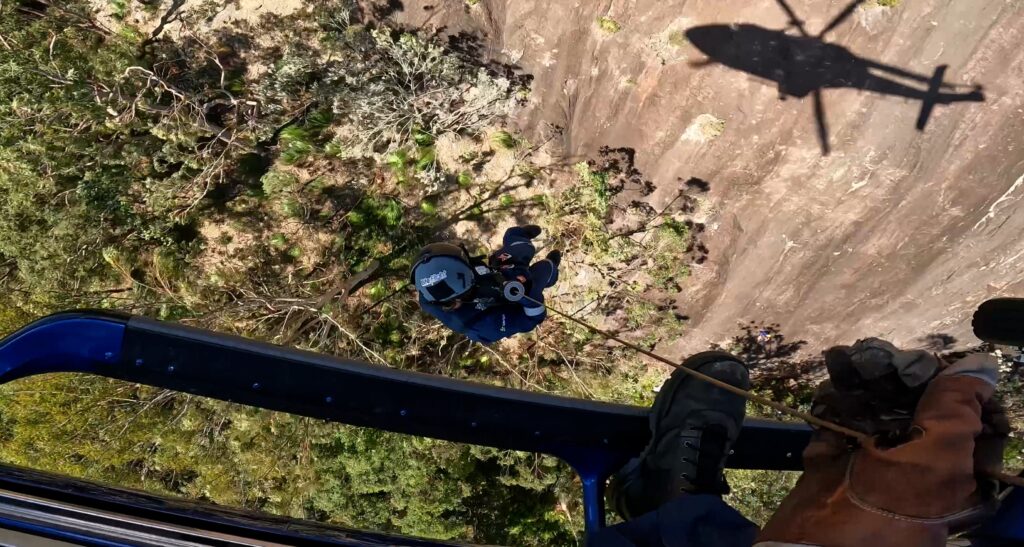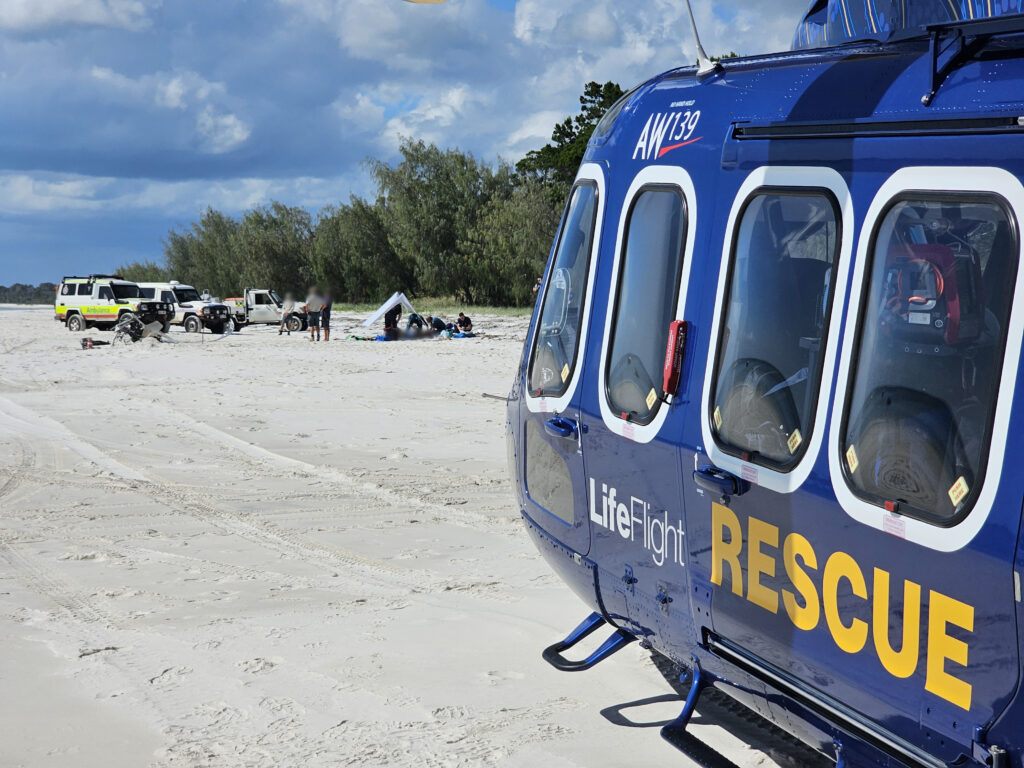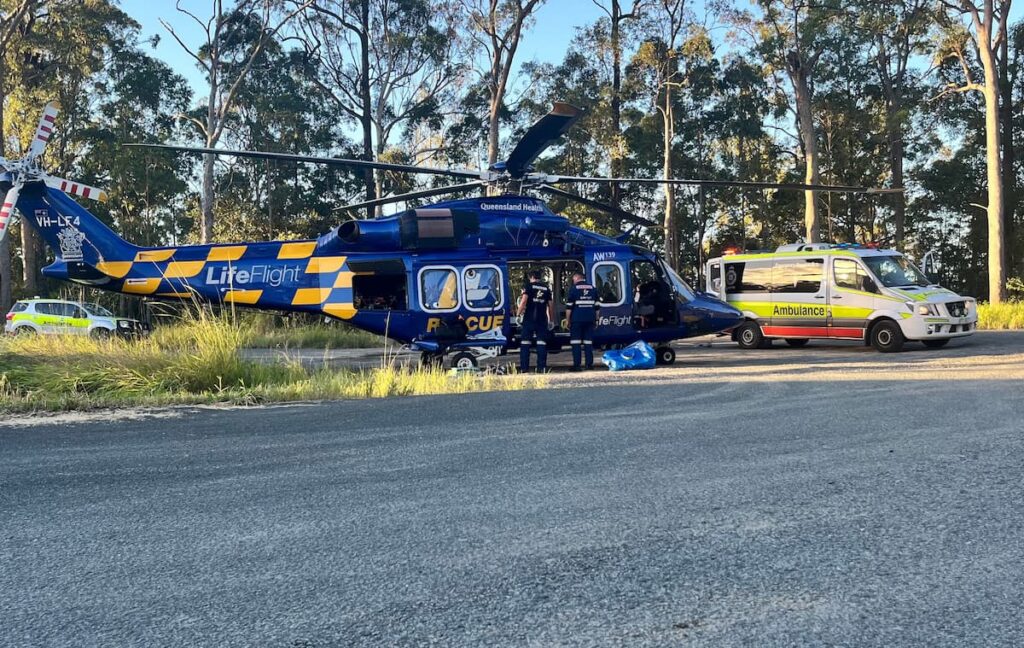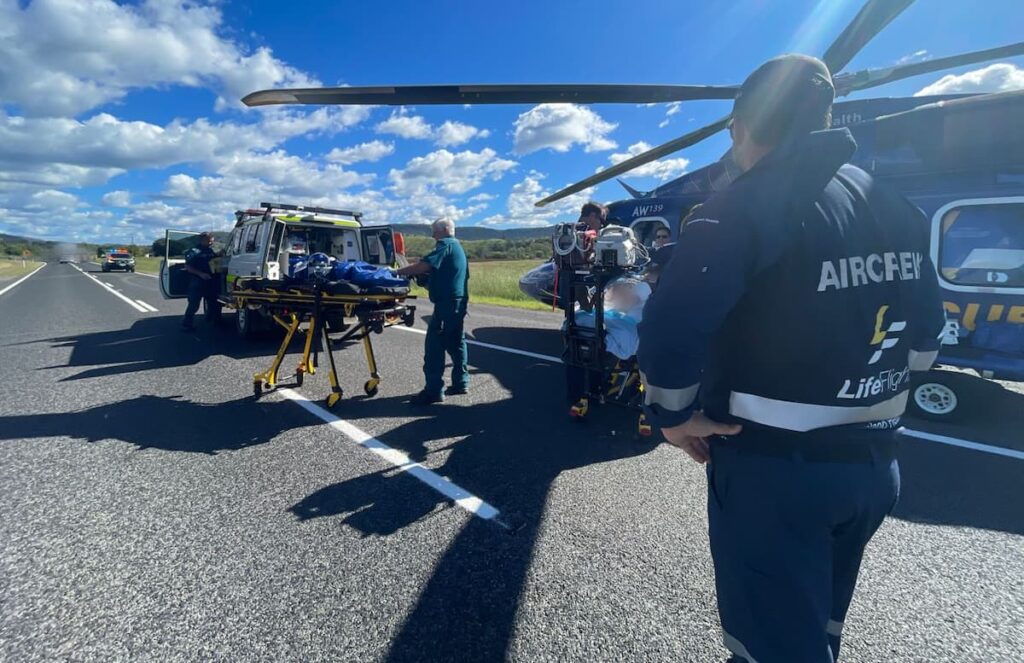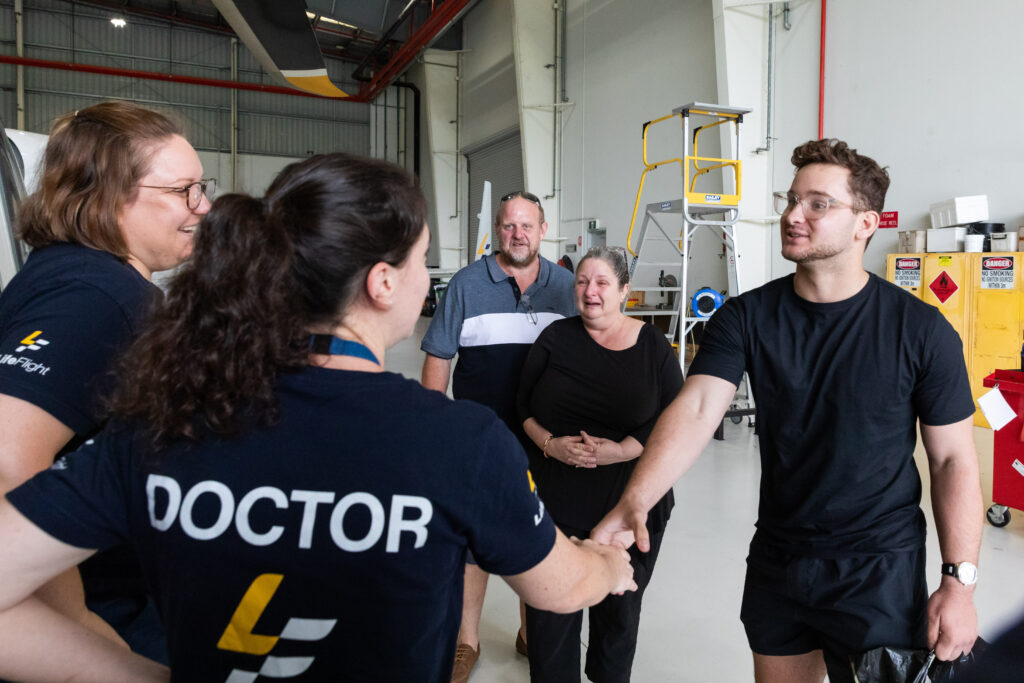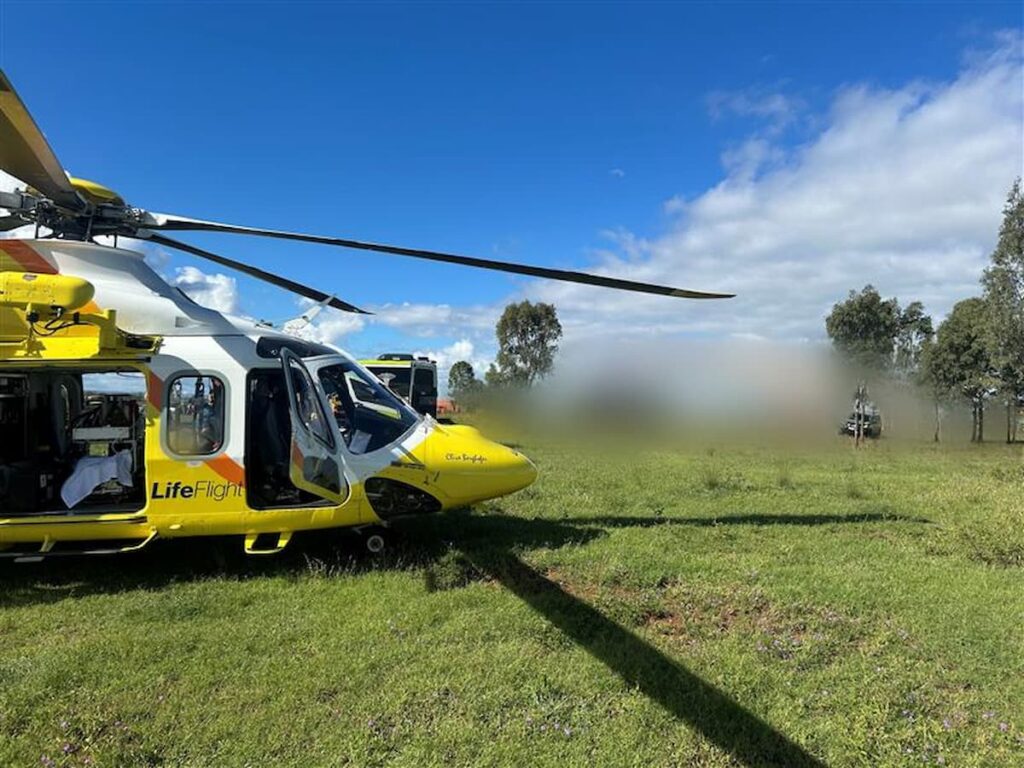A doctor from the UK is combining her passion for medicine with her thirst for travel, thrills and adventure, by becoming a retrieval registrar with RACQ LifeFlight Rescue.
Dr Kate Hames is one of six new doctors to join the helicopter crew based in Brisbane.
It’s the latest adventure for the Emergency Medicine Registrar who has travelled the world, worked on bringing family-planning to communities in Kenya, appeared in a documentary based in Borneo and undertaken some urban search and rescue training.
Most recently, she worked at Princess Alexandra Hospital, a long way from her first posting in England.
“Going off to medical school, I always felt this pull to somewhere other than the UK and after a few years of working there I thought ‘let’s go, let’s go to Australia for a year’ and here I am seven years later and last week I actually became an Australian citizen, so it’s been a big couple of weeks. So, I can call myself an Aussie now, despite not sounding like one!” said Dr Hames.
“I’ve really, really committed! And I’ve got two chocolate Labradors here now, who I just can’t leave so I’ll have to stay here forever – they’re the most important thing in my life.”
Dr Hames feels honoured to be one of a group of 25 doctors, who will be starting work on aeromedical helicopters and jets across Queensland, after completing an intensive training week with instructors from the LifeFlight Training Academy, which prepares them for the many challenges of retrieval medicine.
“The instructors are incredible. I’ve never seen such encouraging, kind people in a very stressful environment with people who’ve never done anything like this before and they’re so patient with us. It’s obviously a little bit stressful but they make it really fun and inclusive. They set it at a really lovely pace and normally in a classroom we all get a little bit bored and I’ve never been bored once – it’s so good and I can’t wait to get more involved with the aviation side of it over the next few days,” she said.
One of the most important and challenging aspects of the training, is learning how to be winched to and from a chopper.
“Some of our patients are in remote areas, that could be a mountainside, that could be in the bush that’s not accessible. We need to be able to insert our paramedic and doctor into that environment so they can care for the patient and ultimately recover them. Whilst it’s not something we do every day there is a chance that they could go out next week and be tasked to a job on the side of a mountain or otherwise that entails winching them in to save that patient,” said LifeFlight Chief Aircrew Officer Nathan Minett
The exercise teaches double lift techniques, when two crew members are winched. The doctor also learn how to bring a stretcher patient safely into the aircraft.
“So, they’re practicing the two skill sets in the aviation environment that we really need them to embed and make sure that they know really well,” said Nathan Minett.
The retrieval registrars were also strapped into a metal helicopter simulator, which is then dunked underwater in different emergency scenarios, as part of Helicopter Underwater Escape Training (HUET).
It is a case of always hoping for the best, but preparing for the worst.
“It is highly unlikely that they’re ever going to use it, but it’s a safety issue and this can be developed for if the aircraft had an issue and had to go to the ground and was forced landing to the ground with smoke and fire being maybe the issue, so with the HUET training we do a lot of it is to do with getting seatbelts on properly, locating the exit knowing where it is without actually looking for it. So, the whole package is designed for safety in the aircraft in regard to what may happen whether it be in the water or into the ground,” LifeFlight HUET Manager Mick Dowling said.
Back on dry land, at the Queensland Combined Emergency Services Academy at Whyte Island, the doctors were put through their paces in a series of simulated emergency scenes.
They were faced with some of the confronting realities of pre-hospital care, in realistic scenarios including a worker injured in a confined space and in need of evacuation from a ship, a near-drowning incident in a backyard pool and a car crash with fatalities and survivors. The majority of the RACQ LifeFlight Rescue Critical Care Doctors’ work is performed on behalf of Queensland Health, tasked by Retrieval Services Queensland, within Queensland Ambulance Service.





